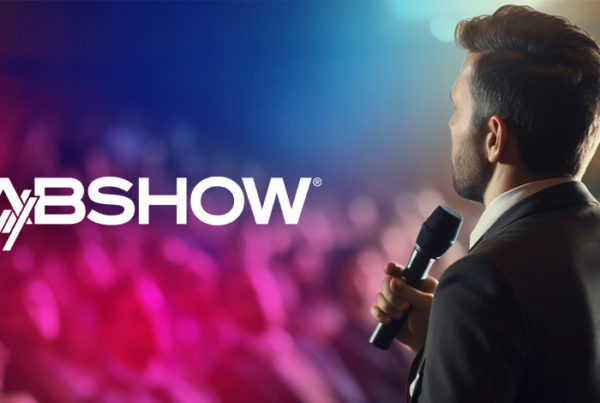What makes a streaming ad effective? There’s no one answer to this question. It depends mainly on an advertiser’s goals. CTV/OTT ads typically align with the first two stages of the sales funnel — brand awareness and consideration. As advertisers pivot from traditional 30-second spot ads on broadcast TV, they’re learning about how these new ad formats can differ.
A study on the impact of untraditional streaming ads reveals much more about effectiveness. You can pass these insights on to local advertisers so they get the results they desire.
Survey Offers Insights on What Makes Ads Engaging
A new survey of TV watchers offers some great data points that can inform ad campaigns. Here’s what consumers had to say:
- 94% of people said they would avoid TV ads less often if there were changes in the type of ads.
- 60% of watchers want more entertainment, 53% want value in return, and 48% like new information.
Next, survey participants viewed different ad formats available on OTT/CTV, including:
- Thematic tagged vignette: Short-form, branded pieces corresponding to a specific season or theme
- Original premiere tagged vignette: Short-form, branded content that ties into the programming in which they air
- Watch-along: Original, hosted, short-form content series that lives within ad breaks in a movie and ties to it
Then, watchers rated these new ad formats against traditional TV ads. There was a 57% lift in recall, an 8% lift in brand favorability, and a 16% lift in intent to search for nontraditional content. Those lifts ranked much higher than traditional TV ads.
There were more positive returns for new formats. Tagged vignettes ranked well for viewers learning something new and getting helpful information. Original premiere tagged vignettes outperformed traditional TV ads on purchase intent and intent to recommend. There can be good synergies and increased favorability when a brand aligns itself with a show.
Watch-along formats had many optimistic reviews and were much preferred to traditional ads. Additionally, watch-alongs had a 66% increase in top-of-mind ad recall.
So, how can you take these findings and share them with advertisers?
Analysis of Learnings and How to Leverage Them
The survey made it obvious that TV viewers want new ad experiences, with entertainment and information in demand. Putting them together creates infotainment. You can capitalize on this trend in CTV/OTT ads.
Encouraging your clients to be innovative in storytelling directly correlates to consumers taking actions that lead to purchases.
Here are some ideas to share with specific industries:
- Local outdoor and recreation retailers: Promote summer safety tips for hiking and camping that bring in a bit of entertainment and valuable information.
- Furniture stores: Use a theme around maximizing space in small spots with decorating and organizational ideas.
- Gyms and yoga studios: Highlight how to prepare for a workout with funny outtakes on stretching gone wrong, and then follow up with how to do it right.
- Cafes and coffee shops: Help these advertisers tell stories about their unique recipes and how they tie back to the history of your area.
- Bridal boutiques: Recommend including actual bridal parties in a video, which can create lots of positive emotions from viewers.
You can also capitalize on ads that align with programming, which is one option for targeting within streaming. It can ensure that the audience is the most relevant one.
Energize CTV Advertiser Content with Fresh Takes
As a local CTV ad seller, you’re always seeking ideas to inspire your advertisers. Taking the points from this study could lead to great conversations and more ad spending. Streaming has a large chunk of viewership, and advertisers should follow consumers. They’ll also be able to target specific audiences, something they can’t do with broadcast TV.
For more on CTV advertising, check out these posts:






